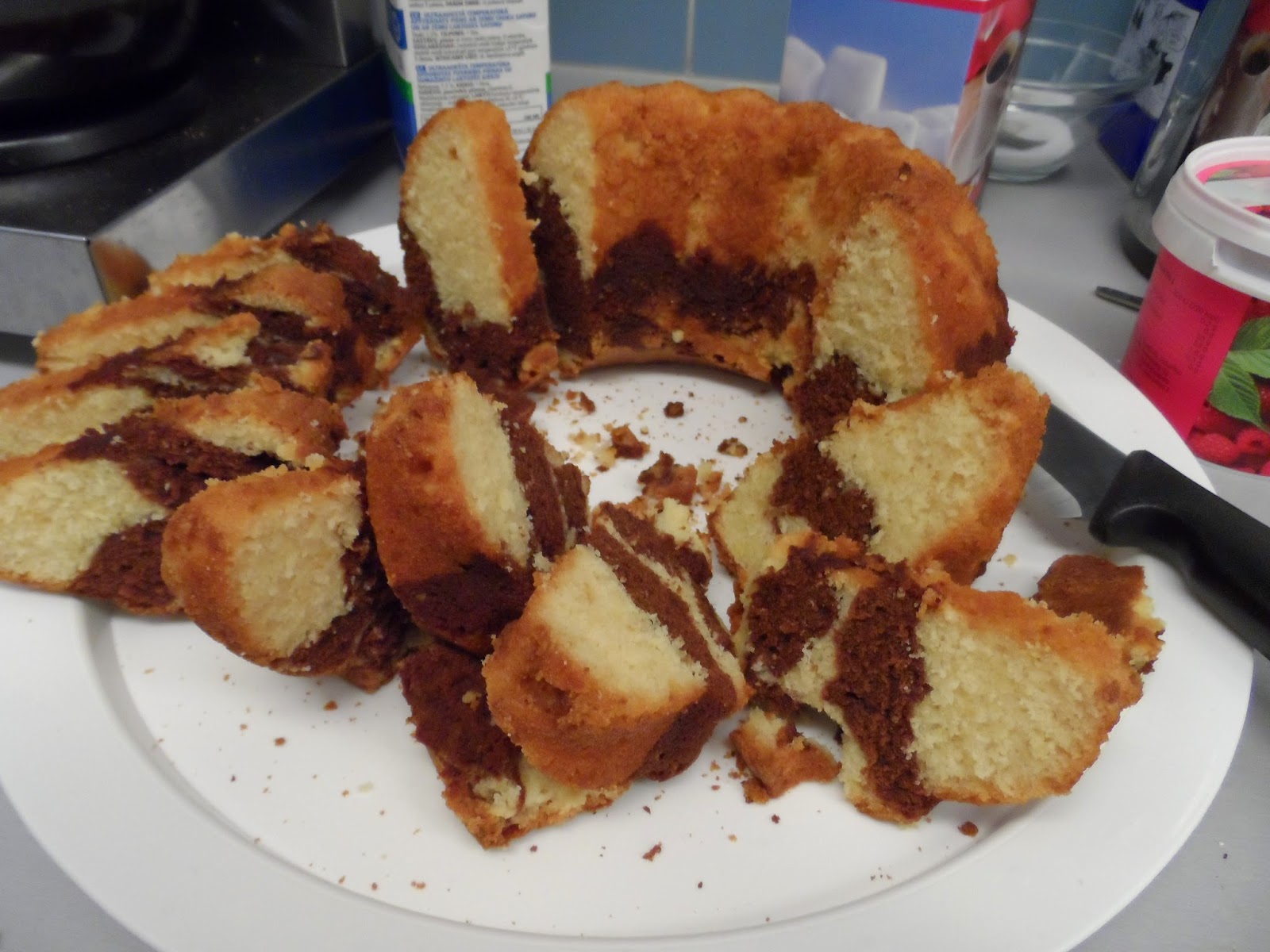One huge topic we came across was the HC/LC (high context and low context) which deals about the people in different countries, their characters and their behaviours. We discussed about the definition of HC and LC in class and evaluated if the Finnish are more HC or LC.
HC/LC definition
If a person is low context orientated he or she would rather prefer a dialague than a monologue. A high context orientated person on the other side would take the more indirect way of talking and listens carefully while not interrupting the others by asking questions. This person would also focus on the speaker by giving feedback afterwards. A low context person would be the complete opposite who thinks aloud, asks questions and calls things and persons by name.When thinking of the Finnish population I found out that they would be rather high context orientated than low context orientated. In my point of view Switzerland or Austria would be more in the middle but also not that low context orientated as an American would be.
The reason why a Finnish person can be defined as a more high context orientated person is in my point of view their shyness. They rather listen to you than interruping and are also very wellcoming to help. There is also a trend to a more open-minded generations, e.x. the students at university, who got into contact with the exchange students whenever we had to do any projects with them. Therefore, I think the Finnish are also changing more to low context but are still not that talkative.

































